10 Best Adventures of 2003
By:
February 10, 2021
Eighteen years ago, the following 10 adventures from the Nineties (1994–2003) were first serialized or published in book form. They’re my favorite adventures published that year.
Please let me know if I’ve missed any adventures from this year that you particularly admire. Enjoy!
- Mark Haddon’s epistemological adventure The Curious Incident of the Dog in the Night-Time. When his neighbor’s dog, Wellington, is killed — impaled with a pitchfork — fifteen-year-old Christopher, the story’s narrator, comes under suspicion. We are given to understand that our protagonist is on the autism spectrum… and his odd behavior and flat affect do not endear him to the police investigators. (He describes himself as “a mathematician with some behavioural difficulties.”) Christopher lives with his father Ed, a boiler engineer, in the English town of Swindon; his mother, he has been told, died two years earlier. Although severely constrained by his difficulties in making sense of the overwhelming sensorial input of the world outside of mathematics, our hero courageously begins to investigate the dog’s demise. As he tentatively explores his neighborhood before venturing even further afield, Christopher discovers just how little he’d previously known for sure about anything. The “murder mystery” is resolved quickly; the larger mystery is… life itself. Fun facts: The Curious Incident of the Dog in the Night-Time won the Whitbread Book Awards for Best Novel and Book of the Year, and the Guardian Children’s Fiction Prize, among other honors. Its title refers to Arthur Conan Doyle’s story “The Adventure of Silver Blaze”: “‘Is there any point to which you would wish to draw my attention?’ ‘To the curious incident of the dog in the night-time.’ ‘The dog did nothing in the night-time.’ ‘That was the curious incident,’ remarked Sherlock Holmes.”
- Kate DiCamillo’s children’s fantasy adventure The Tale of Despereaux: Being the Story of a Mouse, a Princess, Some Soup, and a Spool of Thread. Despereaux, a castle mouse, is the only survivor of his mother’s latest litter and an oddball with an undersized body and oversized ears. He learns to read… and (like Don Quixote) becomes obsessed with tales of chivalry. Which leads him to get acquainted with the castle’s real-life princess, known as Pea. However, mice are forbidden to speak to humans; the castle’s mouse council banishes Despereaux to the pitch-black dungeon… where he becomes friendly with Greogory, the jailer. There are other stories here, too: that of Roscuro, a rat who accidentally causes the death of Pea’s mother; and Mig, a castle servant who fantasizes about becoming a princess, and who conspires with Roscuro. When Princess Pea is kidnapped, only Despereaux has the wit and courage to track her down and do what it takes to set her free. Fun facts: The book won the 2004 Newbery Medal award. The 2008 animated film adaptation of The Tale of Despereaux was directed by Sam Fell and Rob Stevenhagen. It is narrated by Sigourney Weaver and stars Matthew Broderick, Robbie Coltrane, Frances Conroy, Tony Hale, Ciarán Hinds, Dustin Hoffman, Richard Jenkins, Kevin Kline, Frank Langella, William H. Macy, Charles Shaughnessy, Stanley Tucci, Tracey Ullman, and Emma Watson.
- Charles Stross’s Eschaton sci-fi adventure Singularity Sky. Rochard’s World is a technologically backward colony of the New Republic, a galaxy-spanning civilization that originated on Earth. When the Festival — an alien or posthuman civilization of uploaded minds —arrives, offering to swap molecular assemblers and other advanced tech in exchange for info and entertainment, a post-scarcity economy rapidly develops. The politically repressive New Republic prepares a military response, which is not only doomed to failure but — because it involves time travel — will certainly trigger the New Republic’s devastation by the Eschaton. (At some point during the 21st century, back on Earth, a godlike artificial intelligence came into being and scattered the planet’s population around the galaxy; the Eschaton’s one commandment is “Thou shalt not violate causality” — disobey at your peril.) In the New Republic’s capital city, Rachel Mansour, an augmented special ops agent who works for the United Nations — think of Iain M. Banks’s Culture — recruits Martin Springfield, an interstellar ships-drive engineer hired by the New Republic’s Admiralty, to prevent his employers from violating causality; Martin, however, is now what he seems. The two travel with the New Republic battle fleet as it heads to its certain doom — with Vassily Muller, a secret police agent, hot on their trail. The story’s “information wants to be free” moral is tedious, and the writing veers close to parody (perhaps of Alastair Reynolds’s 2000 space opera Revelation Space?), but this universe had potential. Alas, after one sequel Stross abandoned it. Fun facts: This was Stross’s first novel published in book form; he was already well regarded for his stories. Though best known for his Merchant Princes (2004–ongoing) and Laundry Files (2004–ongoing) series, I prefer his stand-alone novels Accelerando (2005) and Glasshouse (2006), as well as Halting State (2007), the first installment in an incomplete trilogy.
- Robert Kirkman, Tony Moore, and Charlie Adlard’s sci-fi/western comic book The Walking Dead (2003-2019). Rick Grimes is a small-town Kentucky sheriff’s deputy who wakes up from a coma to discover the world overrun by “walkers” — which is to say, zombies. He sets off in search of his wife Lori and son Carl, ad eventually tracks them to a camp of survivors. His partner and best friend, Shane, has also survived; but he and Rick have very different ideas about the right way to deal with the zombies. Also, Lori and Shane are now together, which is awkward. The series is about Rick’s struggle to lead a group of survivors in search of a safe haven… without compromising his moral code. This quest becomes ever more difficult, once they’re forced to deal not only with walkers but other survivor groups. The black-and-white comic from Image was originally illustrated by Tony Moore; Charlie Adlard took over from issue #7 onward. A huge success for Image Comics, the series’ 193rd and final issue was released in 2019. Fun facts: The Walking Dead media franchise has grown to include a long-running TV series (2010–2022, starring Andrew Lincoln as Rick Grimes), plus TV spinoffs such as Fear the Walking Dead (2015–ongoing); multiple web series; three forthcoming movies (so far); several novels; several videogames; boardgames, action figures, and more.
- Margaret Atwood‘s MaddAddam adventure Oryx and Crake (2003). Snowman is this grim postapocalyptic tale’s omega man — one of the few remaining human beings alive on Earth, with only genetically modified humanoid “Crakers” to keep him company. Snowman grew up in an early 21st-century world dominated by multinational corporations (with George Saunders-like names, e.g., RejoovenEsense); his father was a genetic engineer who helped develop pigoons, rakunks, snats, and other mutations. While growing up in a biotech corporate compound, our protagonist’s closest friend was “Crake,” a mildly autistic boy with whom he shared an obsession with smoking weed, playing online videogames, and watching live executions, graphic surgery, frog squashing, and child pornography… you know, YouTube. Crake grows up to be a brilliant geneticist and proto-Incel, who devises a plan to replace humans with peaceful, gentle, herbivorous humanoids who aren’t sexually jealous — you guessed it, the Crakers. (He also develops a Viagra-like pill which secretly causes sterilization; the more I think about it, the more Crake reminds me of De Soto, in Seeds of Life.) The titular Oryx, meanwhile, is a waif-like woman who becomes entangled in their lives — and in Crake’s sinister plans. Snowman and his Craker neighbors embark on a journey in search of answers…. Fun facts: A finalist for the Booker Prize, Oryx and Crake is the first in a trilogy that includes The Year of the Flood (2009) and MaddAddam (2013). An adaptation of the MaddAddam trilogy is in development at Paramount Television.
- CLAMP’s manga series xxxHolic (2003–2011). The manga xxxHolic (pronounced simply “holic”), which is illustrated in a style influenced by 18th-century Japanese woodblock prints in the Ukiyo-e style, was created by the all-female manga artist group CLAMP. Our protagonist, Watanuki, is a high-school student tormented by spirits that only he can perceive; as the series begins, he becomes the servant of Yūko, a kindly but mysterious witch who offers to exorcise the spirits in exchange for his service. In Yūko’s service, however, Watanuki finds himself experiencing supernatural phenomena — and weird customers — that are just as bad, or worse, than his spirit problem. Kunogi, Watanuki’s love interest, and Dōmeki, a classmate whom Watanuki initially hates but whose friendship he comes to value, also join in his various adventures. Fun facts: xxxHolic was serialized in Kodansha’s weekly Young Magazine from 2003–2010; it then moved to the magazine Bessatsu Shōnen until ending in February 2011. It has been released as a series of 19 tankōbon volumes. It was adapted as a 2005 animated film, followed by a 2006–2011 anime TV series. The group CLAMP consists of Nanase Ohkawa, who does much of the writing, and the artists Mokona, Tsubaki Nekoi, and Satsuki Igarashi.
- Cory Doctorow’s sci-fi adventure Down and Out in the Magic Kingdom. In the 22nd century, the dominant worldwide culture is the “Bitchun Society” — a post-scarcity culture in which rejuvenation and body-enhancement have made death obsolete, everyone enjoys basic rights, and “whuffie” (online social reputation) has replaced money as a way of apportioning status and luxuries. Our narrator, Jules, is a young man of 100 or so who’s been brought back to life (“restored from backup”) four times so far; he now lives at Walt Disney World, which is run by rival “ad-hocs,” who — having seized the park from a gang of wealthy former shareholders who had been operating it as their private preserve — compete for whuffie by enhancing the theme park’s rides with high-tech upgrades. Julius and his girlfriend, Lil, help oversee the Magic Kingdom’s Liberty Square. This peaceful anarchist utopia has recently been disrupted by a new group, which provides immersive direct-to-brain interfaces that threaten to make the analog Walt Disney World as we’ve known it obsolete. Can Julius stop his favorite ride, the Haunted Mansion, from being virtualized? Or will he be murdered — again — by a shadowy rival? Fun facts: For nearly twenty years, Doctorow was a co-editor of the blog Boing Boing. Down and Out in the Magic Kingdom won a Locus Award for Best First Novel. It was the first novel released under one of the Creative Commons licenses. A semi-sequel short story, “Truncat” was also published in 2003.
- William Gibson‘s Blue Ant sci-fi adventure Pattern Recognition. The first of Gibson’s sci-fi novels to be set in the present. Pattern Recognition takes as its subject the near impossibility of making sense — and finding meaning — in our contemporary age. Cayce Pollard, a Bobby Newmark-like consultant whose acute psychological sensitivity to logos and advertising has transformed her into a kind of magical semiotician, is working with the edgy viral advertising/coolhunting firm Blue Ant on a shoe company’s logo when Blue Ant honcho Hubertus Bigend hires her to do a little aesthetic detective work. Who has been posting a series of artistic film clips to [YouTube]? Shuttling from New York to London, Tokyo, and Moscow, Cayce ponders what it might portend that the clips — outsider art, essentially — have attracted a cult following, a hive-mind buzzing with wrong-headed ideas. Bigend, our antihero, is a bullshit artist seeking to exploit the clips’ anonymous creator. Like Chia in Idoru (1996), Cayce runs afoul of the Russian Mafia — and must rely on talented Internet friends to rescue her. Fun facts: The first in a series followed by Spook Country (2007), in which Bigend hires another young woman, Hollis Henry, to track down another artwork, and Zero History (2010). Sonic Youth’s 2004 song “Pattern Recognition” pays tribute to this novel, a bestseller.
- Neal Stephenson‘s Baroque Cycle historical adventure Quicksilver. The 900-page Quicksilver is the first volume in the author’s late Baroque historical fiction series; imagine John Jakes’ Kent Family Chronicles if Jakes had been obsessed with the history of mathematics and cryptography. One of our many characters here is the natural philosopher Daniel Waterhouse, whose descendant Lawrence Waterhouse plays a key role in Stephenson’s 1999 adventure Cryptonomicon; another is Jack Shaftoe, “King of the Vagabonds,” whose descendant Bobby Shaftoe is also a protagonist of Cryptonomicon. Another central character here is Eliza, a European slave in a Turkish harem who escapes to France — where she becomes a French countess, investor, and spy for William of Orange. In what amount to three separate novels, which are narrated through letters, theatrical staging, and via other means, we get a crash course in the politics, economics and culture of early Enlightenment-era England, France, and the United Provinces. Leibniz’s theory of binary mathematics (without which we wouldn’t have developed computers), networks and codes, philosophy, court intrigue, wars, plagues — it’s all here, in a richly complex tall tale. Fun facts: Reissued in 2006 as three paperbacks: Quicksilver, The King of the Vagabonds, and Odalisque. Followed by The Confusion and The System of the World (both published in 2004). Quicksilver won the Arthur C. Clarke Award.
- Chris Ware’s ACME Novelty Library comic Quimby the Mouse. Before he gave us Jimmy Corrigan and Rusty Brown, Chris Ware gave us Quimby the Mouse — a nostalgic, hopeless Mickey Mouse homage/parody with which he first experimented while contributing to the University of Texas at Austin’s student newspaper in 1990–1991, then introduced to the world via the pages of the high-lowbrow comics journal Raw, as well as via Ware’s own Fantagraphics comic book series The ACME Novelty Library. The recurring character is trapped in two relationships: with Sparky, a disembodied cat’s head; and with an older mouse’s head that in some strips is shown attached to his own body. At the level of form, the strips are wildly inventive and genre-defying; they rarely proceed in any kind of left-to-right, top-to-bottom linear fashion, and even when they do they jump around in time and/or phase in and out of different levels of perception. (Ware has cited Joseph Cornell’s surrealist assemblages — found objects arranged into quasi-narrative dioramas or tableaux — as an inspiration.) Despite being nihilistic vehicles of the author’s angst and self-recrimination, though, Quimby’s adventures are also — like Mickey Mouse’s — amusing and even optimistic! The Quimby stories, as well as the other vivid strips, advertisements, letter columns, etc., contained in the gorgeous 2003 collection offer a master class in cartooning and graphic design history; Ware is a cartoonist’s cartoonist, who permanently elevated the genre. Fun facts: “I see the black outlines of cartoons as visual approximations of the way we remember general ideas, and I try to use naturalistic color underneath them to simultaneously suggest a perceptual experience, which I think is more or less the way we actually experience the world as adults,” Ware has explained in an interview. “We don’t really ‘see’ anymore after a certain age, we spend our time naming and categorizing and identifying and figuring how everything all fits together.”
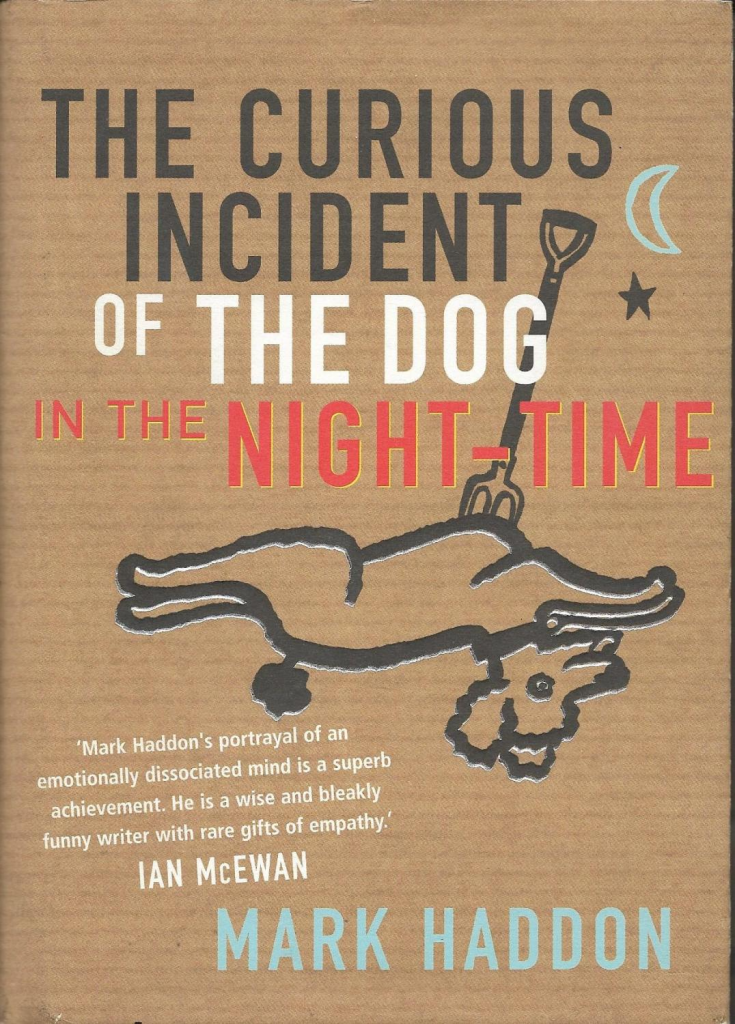
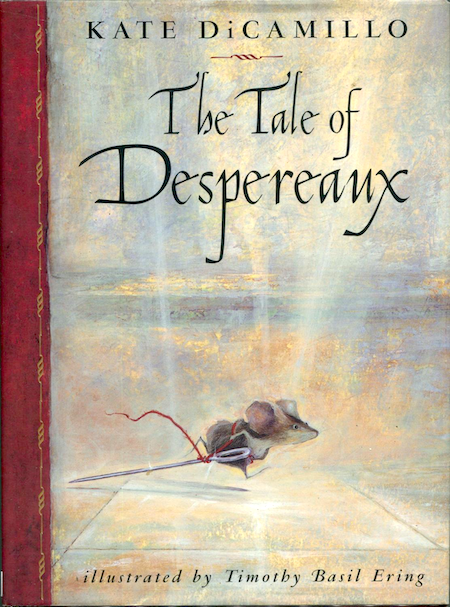
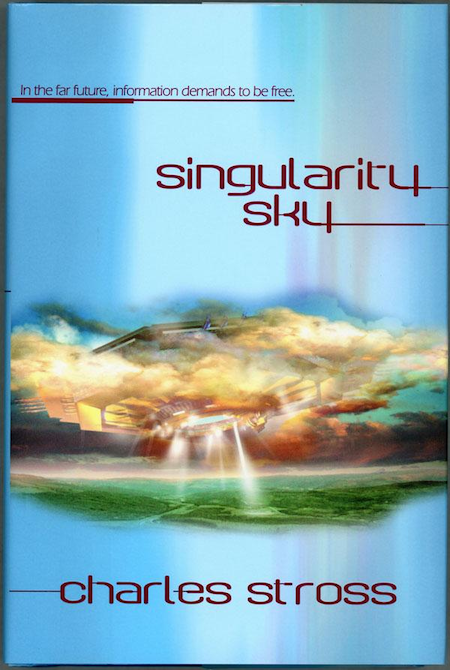
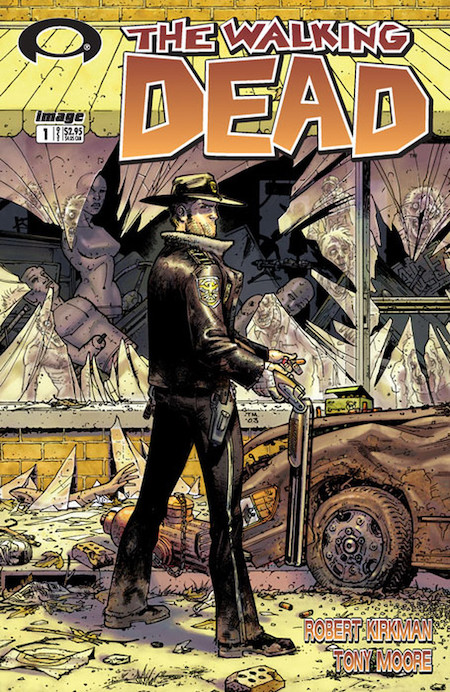
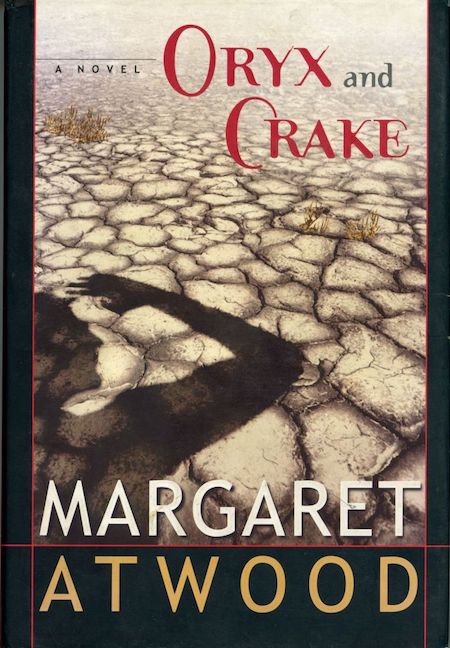

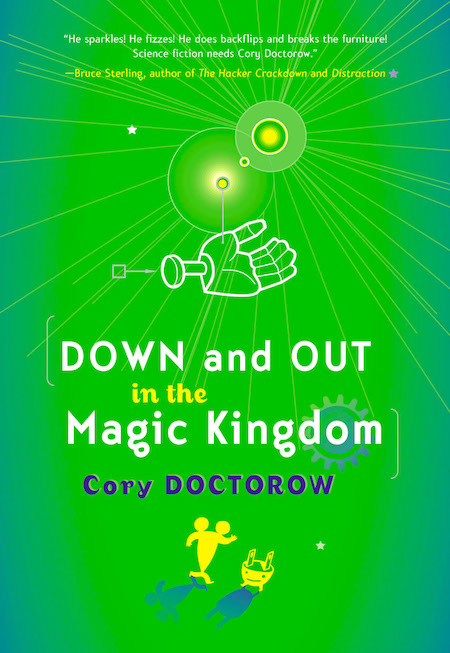
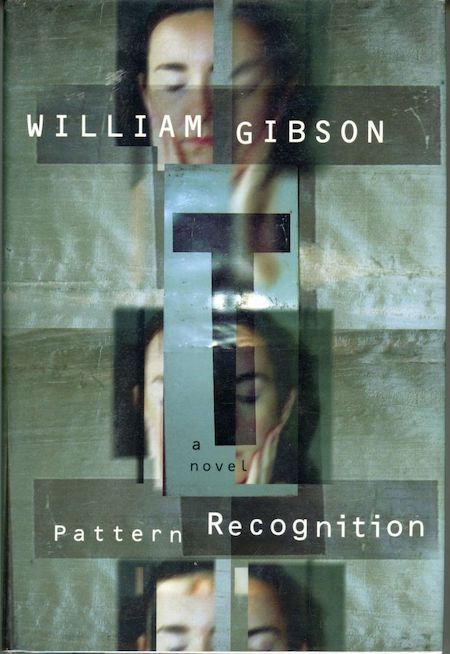
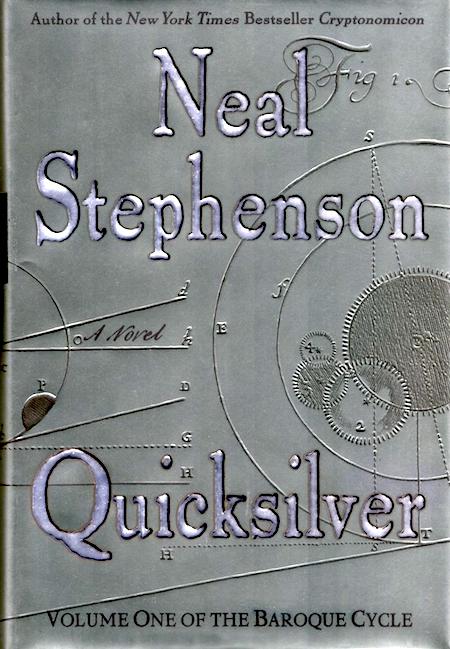
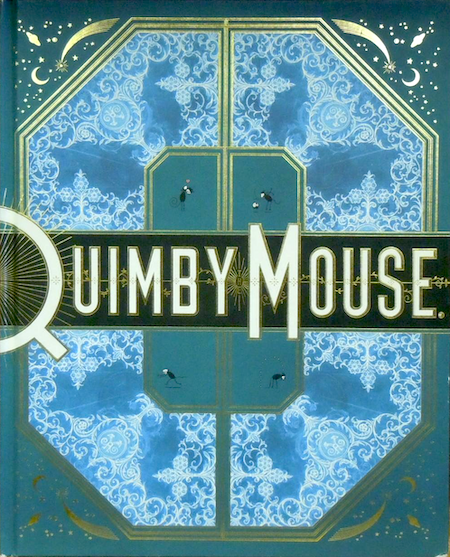
JOSH GLENN’S *BEST ADVENTURES* LISTS: BEST 250 ADVENTURES OF THE 20TH CENTURY | 100 BEST OUGHTS ADVENTURES | 100 BEST RADIUM AGE (PROTO-)SCI-FI ADVENTURES | 100 BEST TEENS ADVENTURES | 100 BEST TWENTIES ADVENTURES | 100 BEST THIRTIES ADVENTURES | 75 BEST GOLDEN AGE SCI-FI ADVENTURES | 100 BEST FORTIES ADVENTURES | 100 BEST FIFTIES ADVENTURES | 100 BEST SIXTIES ADVENTURES | 75 BEST NEW WAVE SCI FI ADVENTURES | 100 BEST SEVENTIES ADVENTURES | 100 BEST EIGHTIES ADVENTURES | 75 BEST DIAMOND AGE SCI-FI ADVENTURES | 100 BEST NINETIES ADVENTURES | 75 BEST HADRON AGE SCI-FI ADVENTURES | NOTES ON 21st-CENTURY ADVENTURES.
